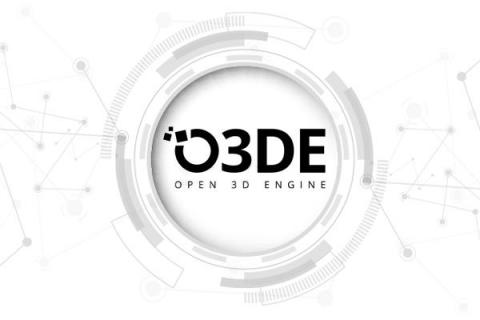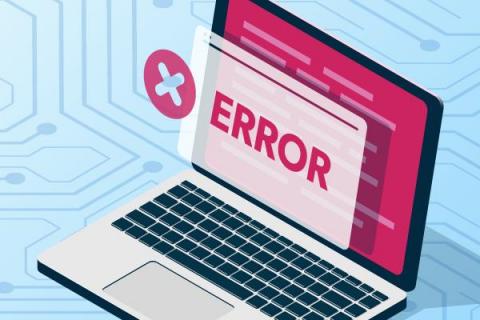Systems | Development | Analytics | API | Testing
September 2021
Design Environment Challenges: Using PLM for Semiconductors
Following up on an earlier blog post where we discussed what is product lifecycle management for semiconductors, in this blog we will delve deeper into the challenges that PLM presents for a semiconductor design environment. Although PLM tools have seen some success in industries such as defense, automobile, aerospace, and others with large design teams and well-established methodologies, the adoption rate in the semiconductor space has been slow.
IP Security Vulnerability Detection
The severity and ingenuity of cyberattacks continues to increase as malicious actors become more proficient, breaking through the software layers and aiming to also compromise hardware like integrated circuits. Relative to software, it is much more difficult to patch security vulnerabilities in ICs – making early identification of IP security weaknesses increasingly important.
Klocwork: The Ideal Static Code Analyzer for Developer Productivity, SAST, and DevOps/DevSecOps
Embedded System Software Development: Everything You Need to Know
Embedded system software developers have a difficult job. For one, the work itself is challenging — embedded systems must withstand numerous updates to their environment to function properly. Plus, when something goes wrong in development, those higher up the chain tend to look at developers rather than the tools the team is using. You can’t solve new problems with old tools, and they are often at the root of a team’s mistakes or delayed releases.
Lumberyard to Open3D - Amazon Game Engine 101
The rise of game engines has sparked new innovations across industries. Amazon Lumberyard — the Amazon game engine — has recently transitioned to open source. Open 3D Engine (O3DE) may be new on the scene. But as companies continue to move to the cloud, many are looking at this new Amazon game engine to transform their pipeline.
What is FMEA? Failure Mode and Effects Analysis Overview
Through FMEAs, product development teams are able to determine potential failures within a project and improve them to mitigate risk. The most efficient way to conduct a failure mode and effects analysis is through an automated tool. This blog will provide an overview of FMEAs and highlight the many benefits they can have on your product.
Perforce Releases New Artifact Manager to Harden Software Supply Chains and Maximize Efficiency
Best Artifactory Alternatives: Helix Artifacts for Your Team
Using a package manager — also known as a repository or artifact manager — is a best practice for teams to secure their build pipelines and scale development. They can save developers time by breaking down silos, promoting reuse. For example, instead of needing to manually update each product that uses a binary component, you can simply update it once and changes will be available everywhere.
How Automation Accelerates the Road to Compliance
For companies working within regulated industries, achieving and maintaining compliance is critical to overall business success. Meeting the requisite compliance standards ensures the product’s quality and safety, which can have life-saving implications. With such high stakes, the road to compliance is an all-important one. Until a product is deemed compliant, it can’t generate revenue. So how can your organization accelerate the road to compliance?










